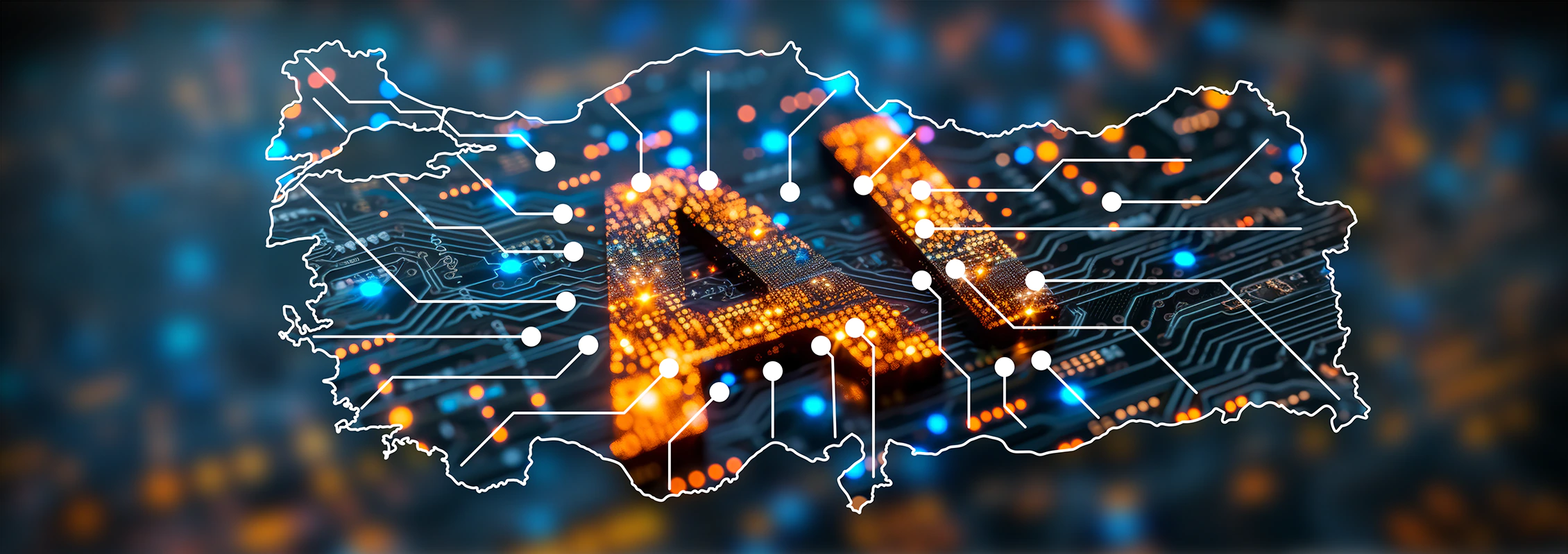16 Ekim 2023
What is Timestamp?
Yazar Civan Güneş, CottGroup Hukuk ve Mevzuat Ekibi, Kategori KVKK - GDPR, Technology

A timestamp is an electronic record that keeps track of all transactions and approvals occurring in a digital environment. It is recorded through a computer, ensuring its integrity and proving its existence at a specific date.
According to Article 3, paragraph (h) of Law No. 5070 on Electronic Signatures (In Turkish), a timestamp is defined as "an electronically verified record with an electronic signature, provided by an electronic certificate service provider. Its purpose is to determine the time when electronic data is produced, modified, sent, received, and/or recorded."
The Intended Purpose of Timestamp
In today's technological world, it is essential to have proof of the date and time of financial transactions, contract signings, payroll activities, and other official transactions. Establishing ownership rights of intellectual property, including new designs, compositions, photographs, formulas, and algorithms, is crucial for ensuring both financial and moral security. Timestamped documents serve as evidence of ownership rights for those who possess such assets. Although it is not mandatory, timestamp allows electronic data to be presented as valid evidence for mandatory obligations, thereby reducing potential legal risks.
Timestamp is also crucial in managing the risks associated with the widespread use of technology in all areas of human life. This is particularly important in institutions or organizations where internet usage is facilitated on a common network. Timestamps are essential for presenting evidence in legal proceedings and conducting digital forensics investigations more efficiently after a cyberattack.
To ensure the legality and validity of timestamped data in our country, obtaining it from Electronic Certificate Service Providers (In Turkish) is necessary. This signed data provides proof of the signature being affixed before a specific date and extends its validity period. In the digital environment, timestamps can be added to any electronic data.
Fields Where Timestamps Are Used
Timestamp can be used on various types of electronic data that require timestamp information, including electronic applications, records, payrolls, permission forms, and contracts. Timestamps are primarily used in the following areas:
- E-invoices
- Documents signed with e-signatures
- E-ledgers
- E-mails
- Works of musicians
- Articles and essays by authors
- Designs
- Softwares
- Registered Electronic Mail (REM)
- ASBİS
- Leave processes under the Personal Data Protection Law (PDPL)
- Payrolls
- Leave forms
- Other human resources documents
Timestamp and Logging
According to the Personal Data Protection Law, logging is the process of automatically generating and timestamping documentation for events related to a specific system, as outlined in the Technical Measures table of the Personal Data Security Guide (In Turkish). A timestamped log, documented through records, refers to the process of storing digital activities. For instance, when accessing a website over the internet through a firewall, the date, time, and IP address used are recorded. Logging is not limited to firewalls and can be performed using various software, hardware, and other systems. The role of logging and timestamping is crucial in detecting and managing cybercrimes.
The Relationship Between Timestamp and Payroll
As per Article 37 of the Labor Law, the employer must provide a signed voucher to the employee that clearly shows the calculation of wages paid. The responsibility of proving that the employee has received the payroll and other related documents lies with the employer. It can be challenging for the employer to physically deliver the payroll with wet signatures or send them via email, as it can cause operational issues and privacy concerns. However, with the use of payroll software that allows timestamping of documents, these issues can be overcome. This approach not only reduces operational costs but also eliminates the hidden costs associated with paper, equipment, consumables, and distribution expenses.
Should you have any queries or need further details, please contact us.
Notification!
The content in this article is for general information purposes only and belongs to CottGroup® member companies. This content does not constitute legal, financial, or technical advice and cannot be quoted without proper attribution.
CottGroup® member companies do not guarantee that the information in the article is accurate, up-to-date, or complete and are not liable for any damages that may arise from errors, omissions, or misunderstandings that the information may contain.
The information presented here is intended to provide a general overview. Each specific case may require different assessments, and this information may not be applicable to every situation. Therefore, before taking any action based on the information provided in the article, it is strongly recommended that you consult a competent professional in the relevant fields such as legal, financial, technical, and other areas of expertise. If you are a CottGroup® client, do not forget to contact your client representative regarding your specific situation. If you are not our client, please seek advice from an appropriate expert.
To reach CottGroup® member companies, click here.
About The Author
Diğer Makaleler
-
The National Artificial Intelligence Strategy 2024-2025 Action Plan
Civan Güneş, Kerem Akdağ
27 Ağustos 2024






